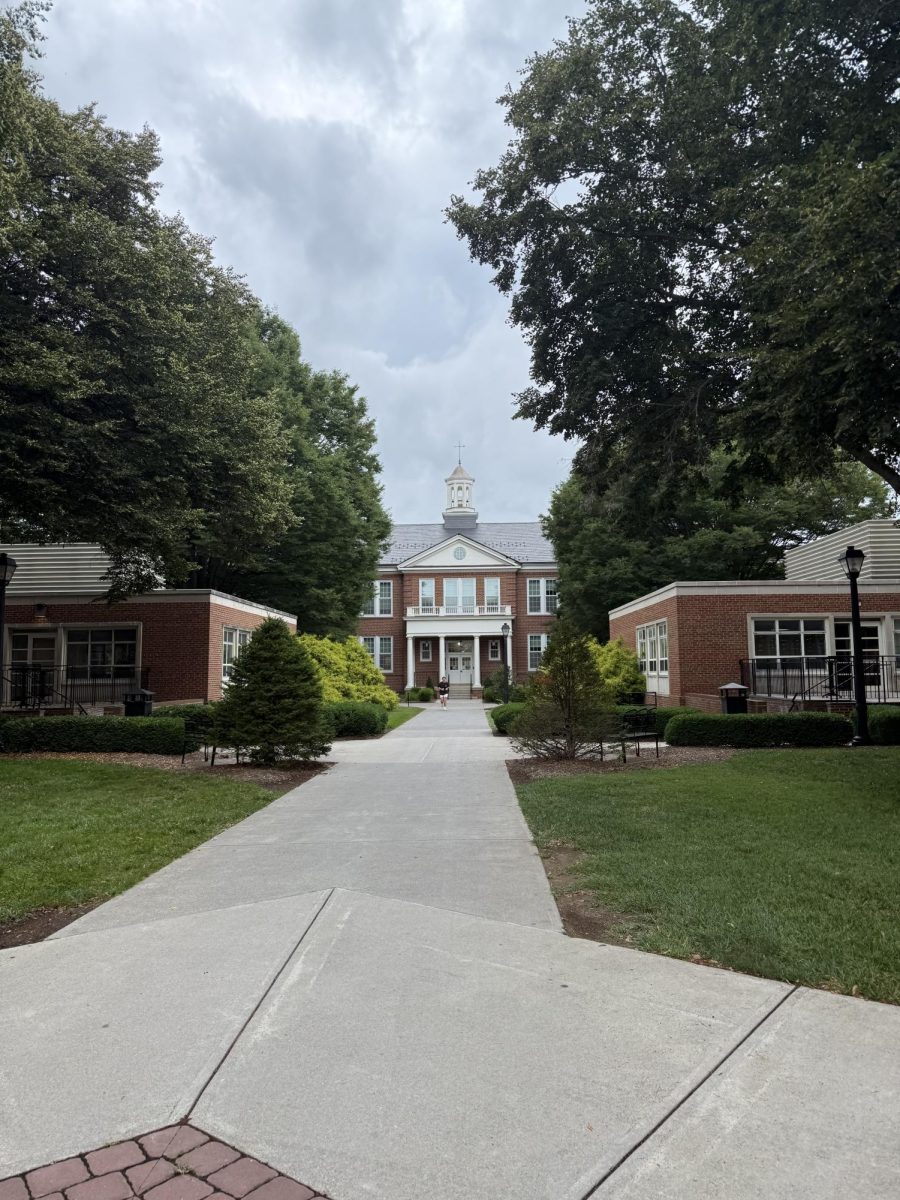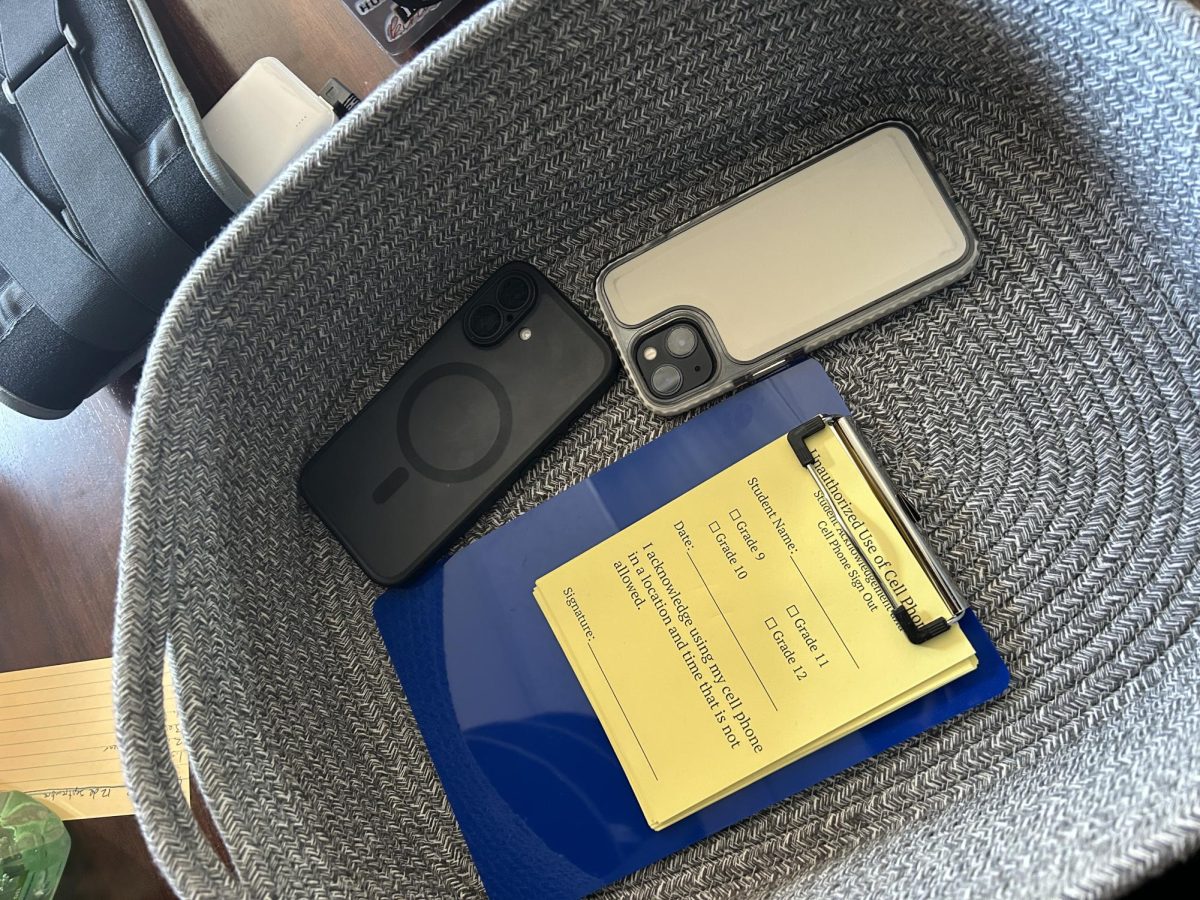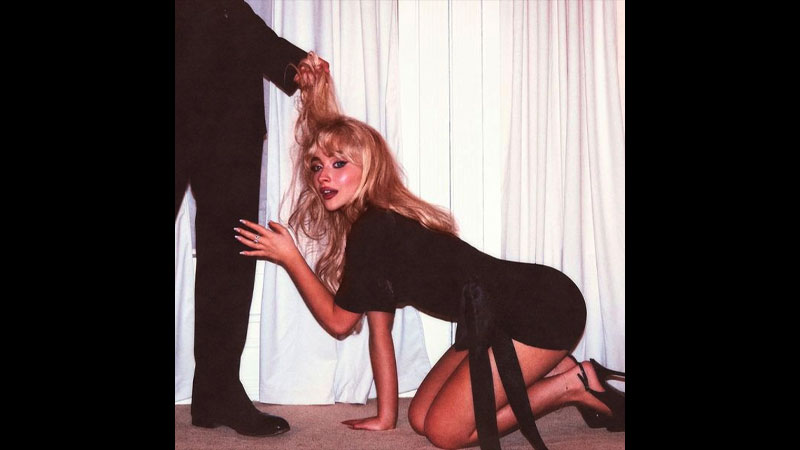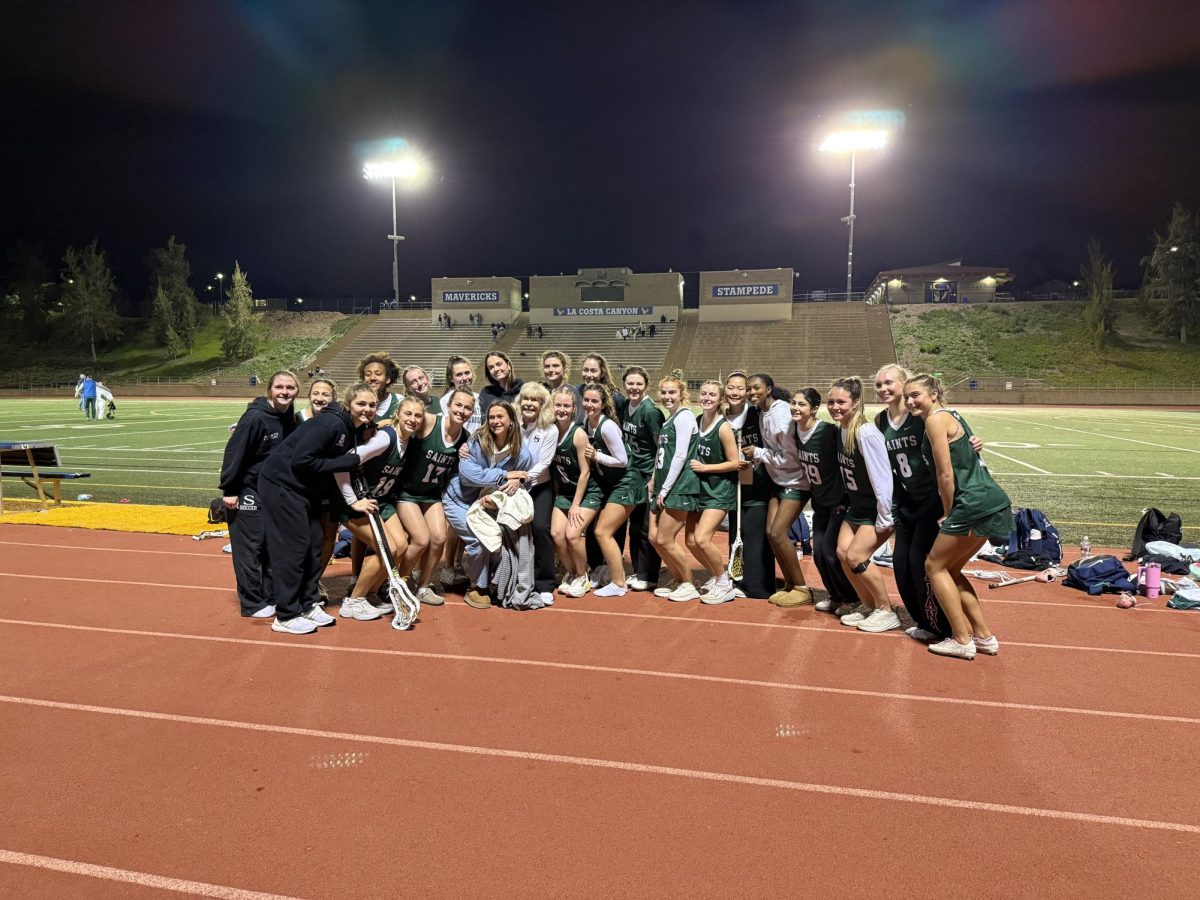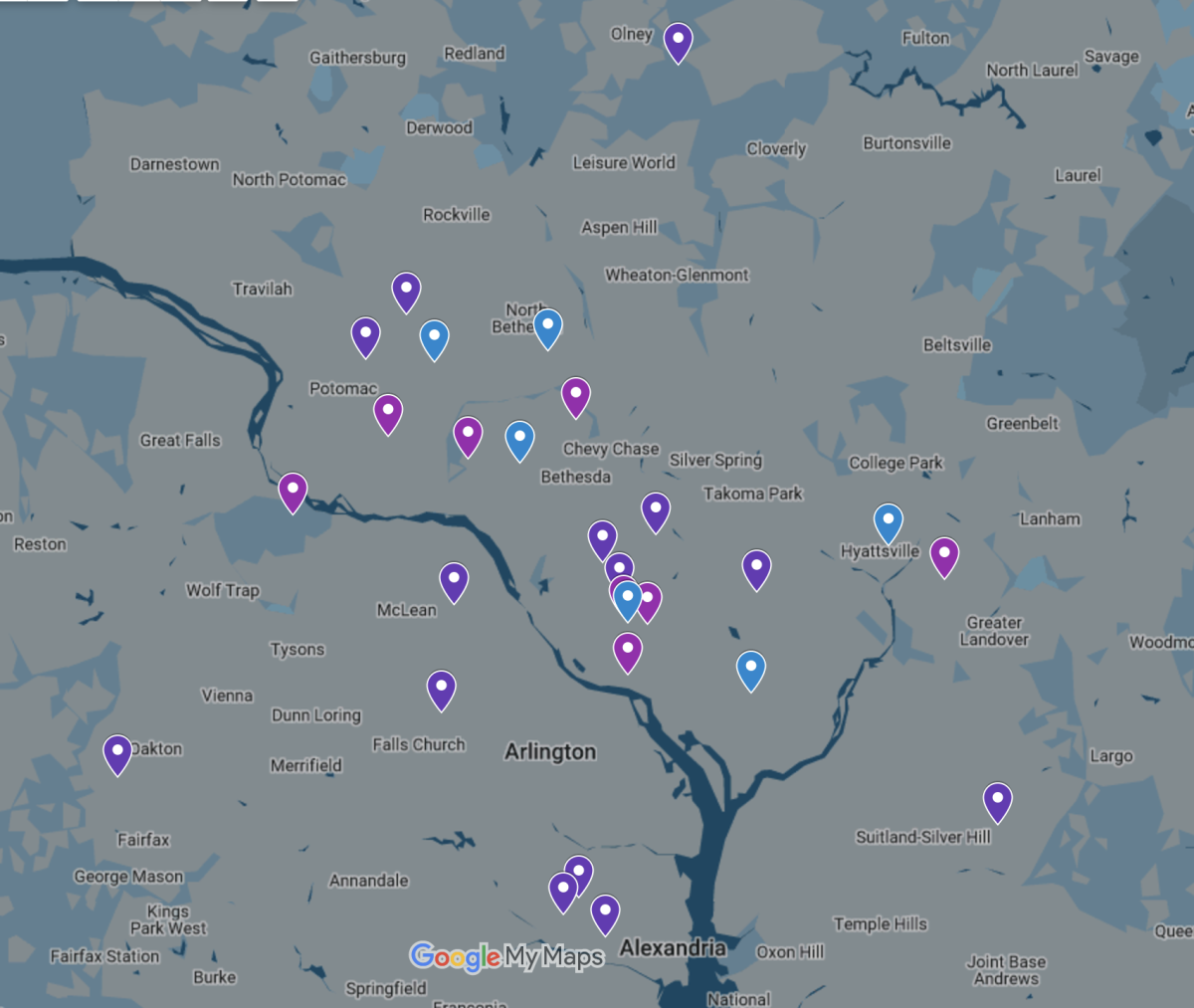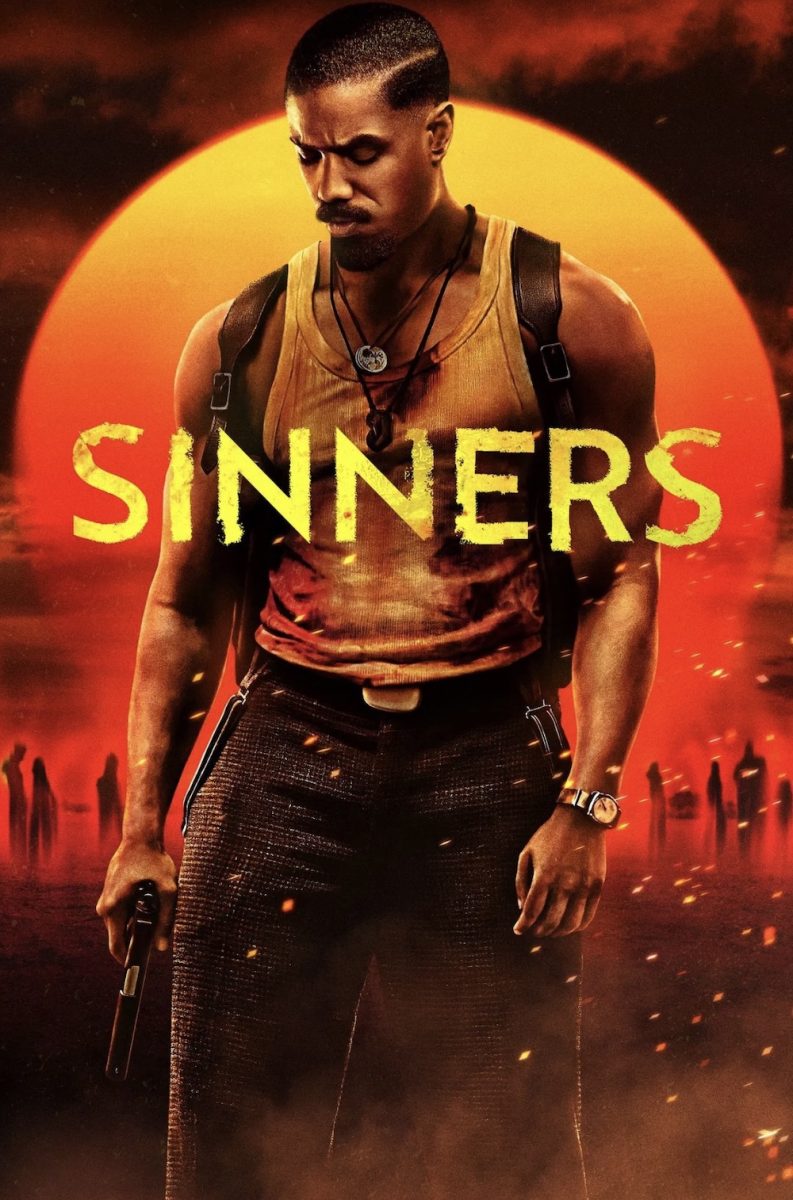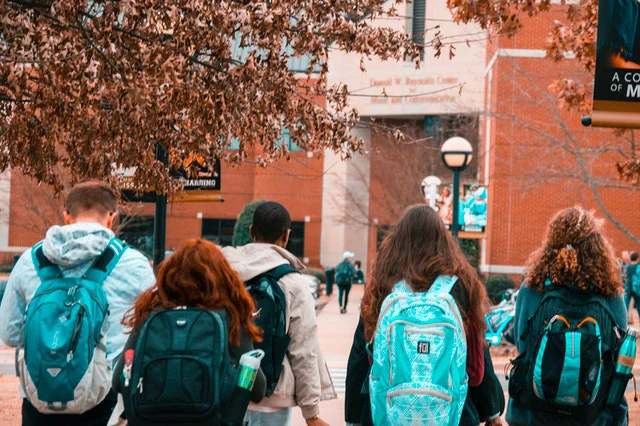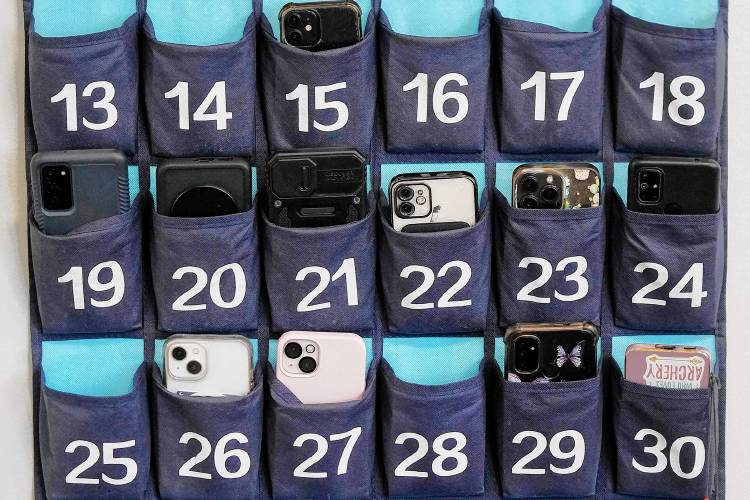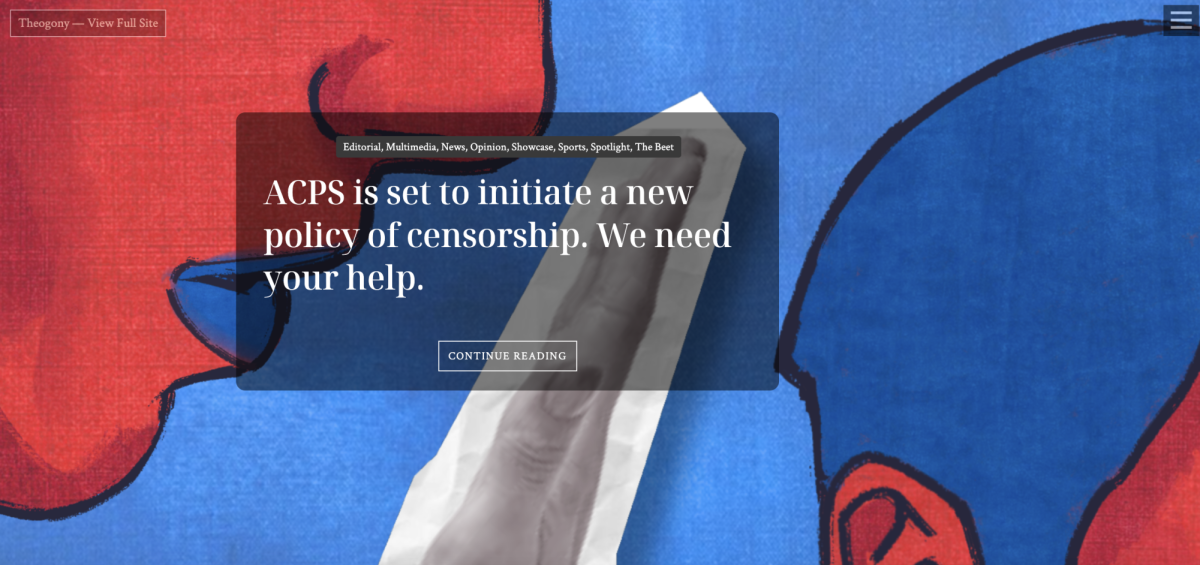Three still generated images. It doesn’t sound like a lot, does it? These three images are only the start. This is where the rapid expansion begins.
Late Night With The Devil, achieving its major release a few weeks back, initially premiered at last year’s South By Southwest Film Festival in Austin, Texas. There it attracted a lot of eyes. The premise was nothing too crazy, a horror film centered around the satanic panic of the 1960s shot with a “found footage” style. But it received so much attention that even Stephen King was tweeting about it! Excitement was steadily building, and everything seemed to be falling into place for a massive horror success.
Only a month later, the Writers Guild of America went on strike, hitting Late Night With The Devil with a sizable delay until the film could be picked up by a studio for theatrical distribution. The 2023 WGA and SAG-AFTRA strikes were less focused on low pay and highlighted the issue of generative AI, which was seeing increasing development in propagating unique scripts without human involvement. As agreements were signed for the last of the strikes in November, it seemed as if AI was no longer as big of a threat. As if our cries for stable pay and job security had suppressed the malignant computer systems.
Soon after its release, Late Night With the Devil quickly began to pick up controversy for using generative AI software to create three distinct “transition cards” used to move between scenes and were shown often. In a statement by directors Cameron and Colin Cairnes, they said “We experimented with AI for three still images which we edited further and ultimately appear as very brief interstitials in the film.” Not backing up the film ethically doesn’t look the best for a film with all the fingers pointed at.
It’s extremely disappointing to learn that an indie studio is cutting corners to erect statements that generative AI is fair game in a world of human-made art house films. The excuse that AI is used merely to save time does not respond to the millions of dollars it could save on a budget. When CEOs hear new ways to save money they won’t stop until they’ve replaced as many humans as they can with robots.
It’s harder to regulate the uses of generative AI in film and TV than music, as Artificial Intelligence is already used a lot in modern cinema. Processes such as De-Aging use machine AI to render and model elements that couldn’t be possible in a frame-by-frame editing operation. Generative AI is different because none of it is original work, it is simply art that has been recycled by a computer.
If I stole a contemporary, copyrighted piece of art and put it in my movie, there would be lawsuits upon lawsuits upon hundreds of notices of legal action. If I “generated” a few images into my movie that share nearly identical resemblance to the previous protected works of art, this act would be shrugged off and passed on as honest work.
The box office numbers aren’t looking very good right now as the film just passed eight million dollars in total gross revenue. Right now it may just be three images, but we don’t need to wait too long to see more. Disney’s recent TV Show Secret Invasion used AI to generate the project’s title sequence without much backlash. Hollywood is now split into two paths. The human one, the one that values art and physical labor, and the one that’s run entirely by the machine, solely for profit.
The horizon is bleak, with Netflix being accused of AI in a true crime doc, and Disney CEO Bob Iger creating a task force devoted to studying and implementing generative technology. We as artists, creators, and lovers of film/tv should know about these dangers, and anticipate the worst. Stand with those on strike, cease support on art that uses AI, and continue to tell friends, family, and everyone you know about the oncoming threat.
